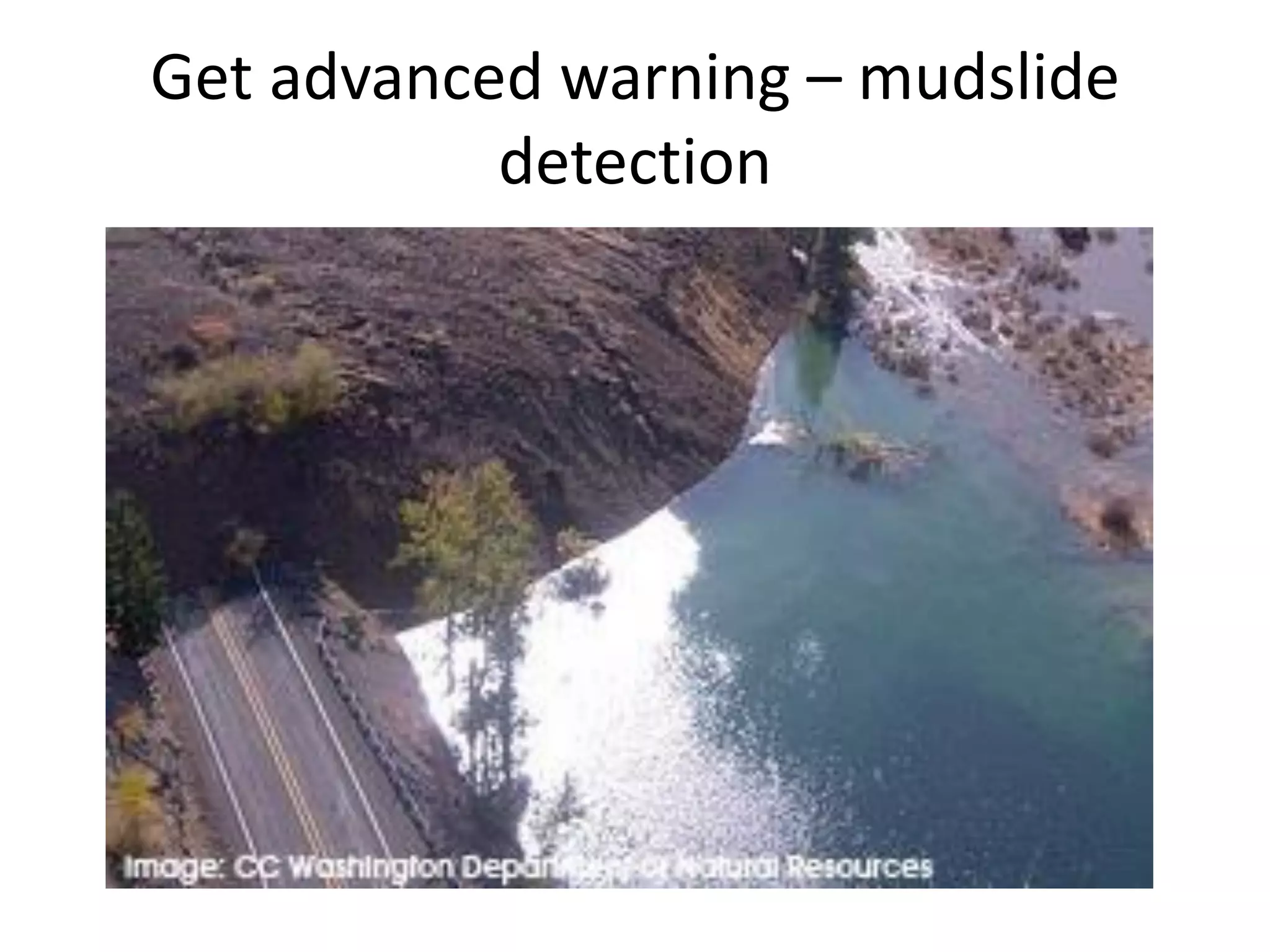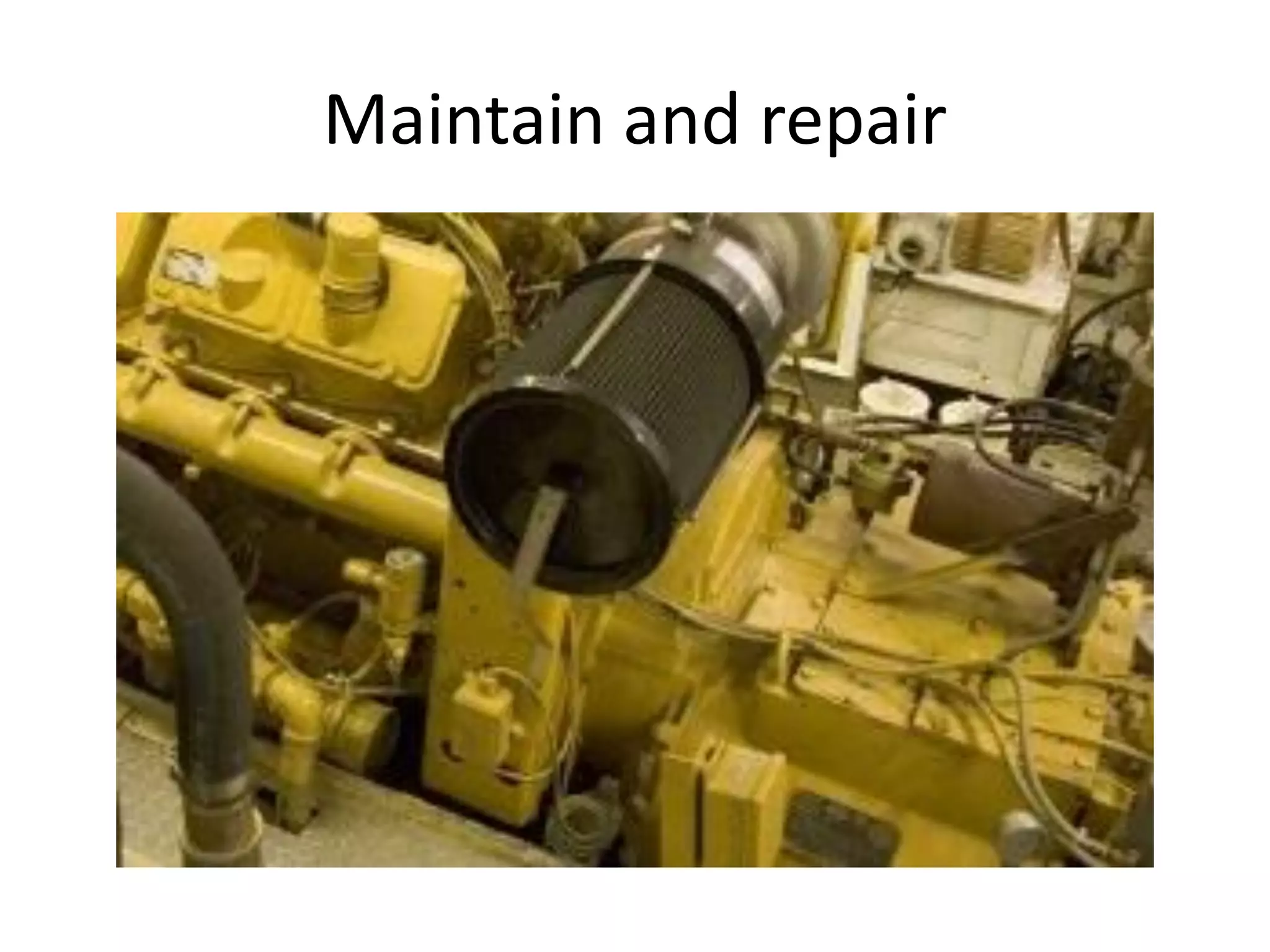The document discusses the transformative impact of the Internet of Things (IoT) on knowledge sharing and creation, emphasizing a shift from traditional information sources to a more networked and participatory model. It highlights both benefits, such as enhanced connectivity and innovation, and potential drawbacks, including privacy concerns and social disparities. Overall, the future landscape of knowledge management will require adaptation to new technologies and evolving organizational structures.
























































